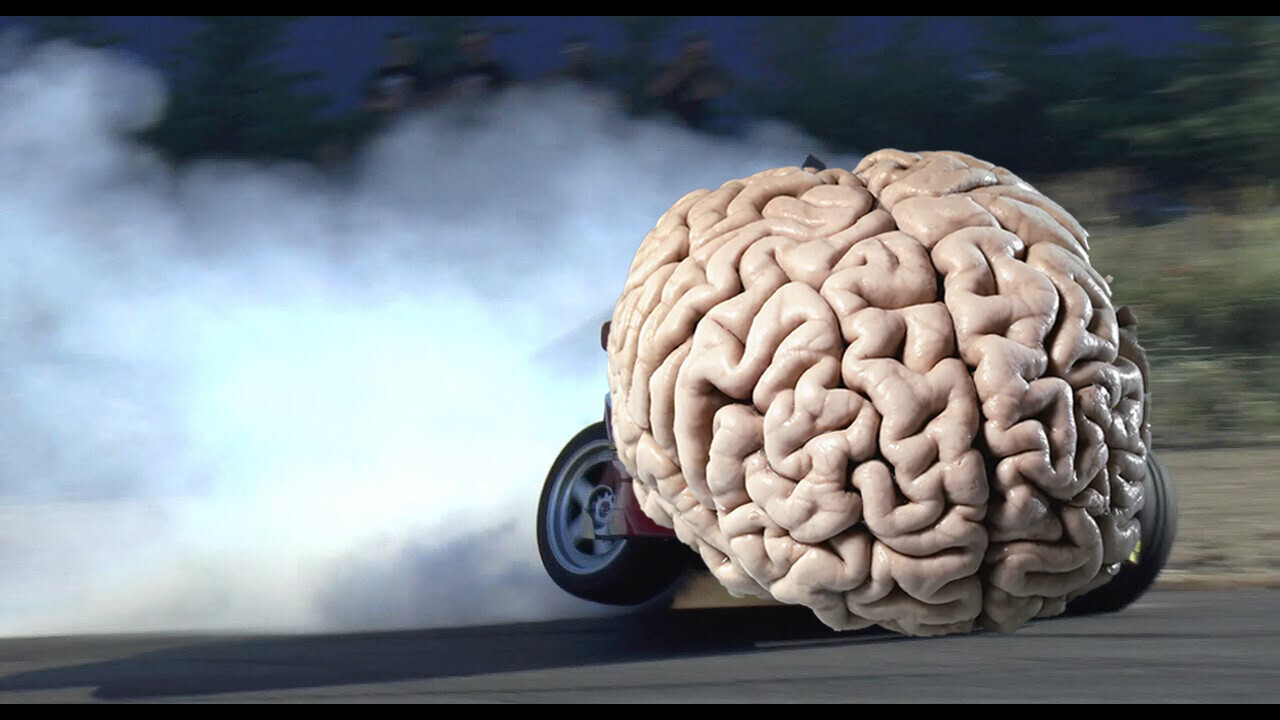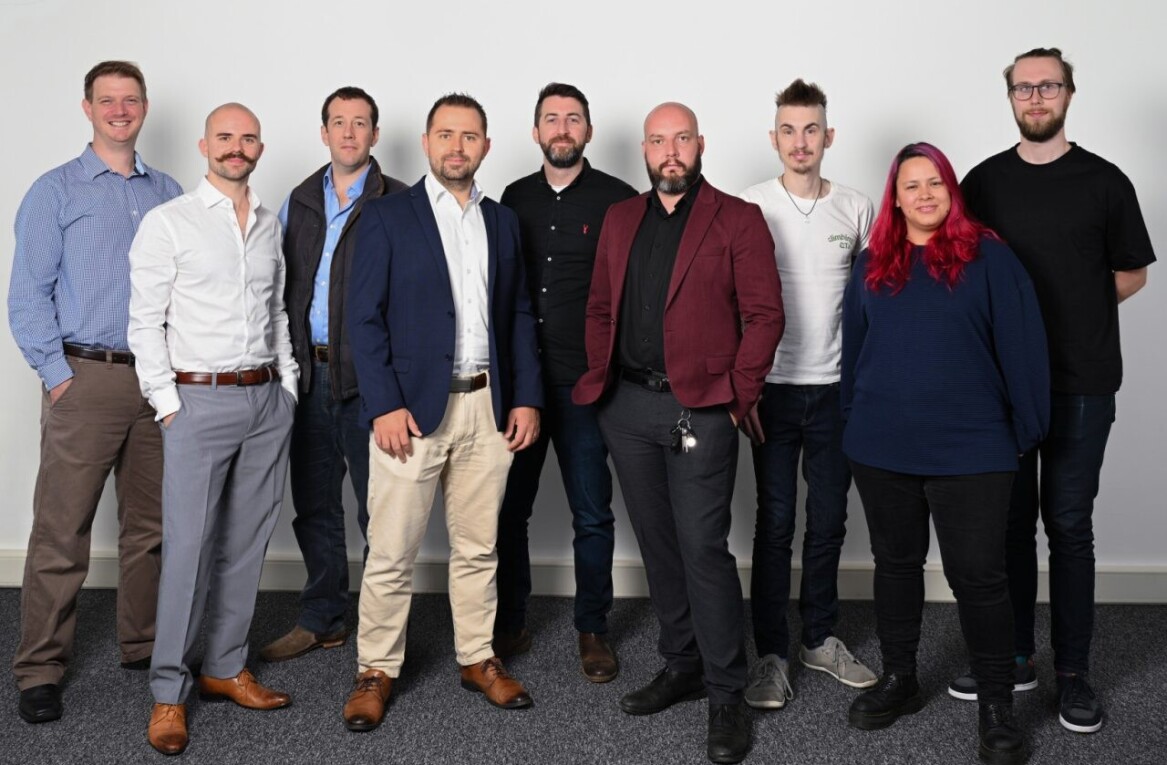
It’s a bold new world for automobile makers. After a century of development and fine-tuning, the combustion engine is going the way of the dodos as Europe shifts to clean energy.
But there’s more to the future of cars than just electric motors. The onset of fully autonomous vehicles may lie just beyond the technological horizon and the promise of a million-mile battery draws ever closer. In order to navigate the road to these technologies, European automakers are partnering with quantum computing companies at an increasing pace.
The European automobile industry has a long, rich history of technological innovation. From its onset with the Nesselsdorfer Wagenbau in 1898 to the masterpiece that is the 2023 McLaren Artura, Europe’s place at the cutting edge of the industry has never been questioned. With that in mind, let’s contemplate the future.
The next steps for the industry involve taking a quantum leap forward. Despite the fact that quantum computing and other quantum-based technologies are still in their infancy, there are myriad ways in which they can aid the automotive industry.
Right up front, the low hanging fruit is autonomous driving. Despite the early hype, researchers and automobile makers have yet to crack the self-driving car nut. For every step companies such as BMW, Tesla, and Waymo take forward, it seems like hundreds of edge cases pop up that the AI is unable to deal with.
We’re probably still a long way off from building a quantum computer that can fit into a car where, presumably, it would act as its brain. But quantum speedup — the ability for quantum processors to perform calculations and/or run algorithms that a classical system couldn’t do in a useful amount of time — could offer advances in several foundational areas for autonomous vehicle systems.
Scientists at Terra Quantum AG, recently partnered with Volkswagen to find novel methods for using hybrid quantum neural networks to improve image recognition. This particular experiment demonstrated the potential for quantum technologies to improve the quality assurance process drastically.
Essentially, the researchers used quantum-powered AI to increase the accuracy of its image detection abilities in order to improve the quality of the car manufacturing process. The techniques they’re working to develop could easily spill over into other industries, but they could also be used to give self-driving cars better “eyes” by increasing the speed and accuracy at which neural networks can process images.
Pasqal, a Paris-based quantum startup also partnered up with BMW in another quantum-based endeavor. Together with the German-owned automobile maker, the company hopes to find new, lighter, more durable materials to build cars out of. The team hopes to eventually reach the point where the design process is fast, accurate, and involves zero-prototyping in order to ensure a clean energy approach to every facet of the car-making process.
BMW and Volkswagen are early adopters out in front of the impending quantum computing hardware explosion, but you can be sure that every other major automobile maker also has a plan to get in on the action — experts predict the quantum technologies market will hit nearly $500B by 2030. And the shift towards autonomous vehicles (and away from ownership) will require an entirely different view on supply and logistics, something the quantum industry is heavily invested in improving.
At the end of the day, the future of the manufacturing industry at-large, not just the automotive sector, is quantum. But it might take awhile for things to really get moving. The good news, however, is that our analysis shows that car makers stand to benefit as pioneering partners with the rapidly-expanding European quantum startup economy.
Get the TNW newsletter
Get the most important tech news in your inbox each week.




